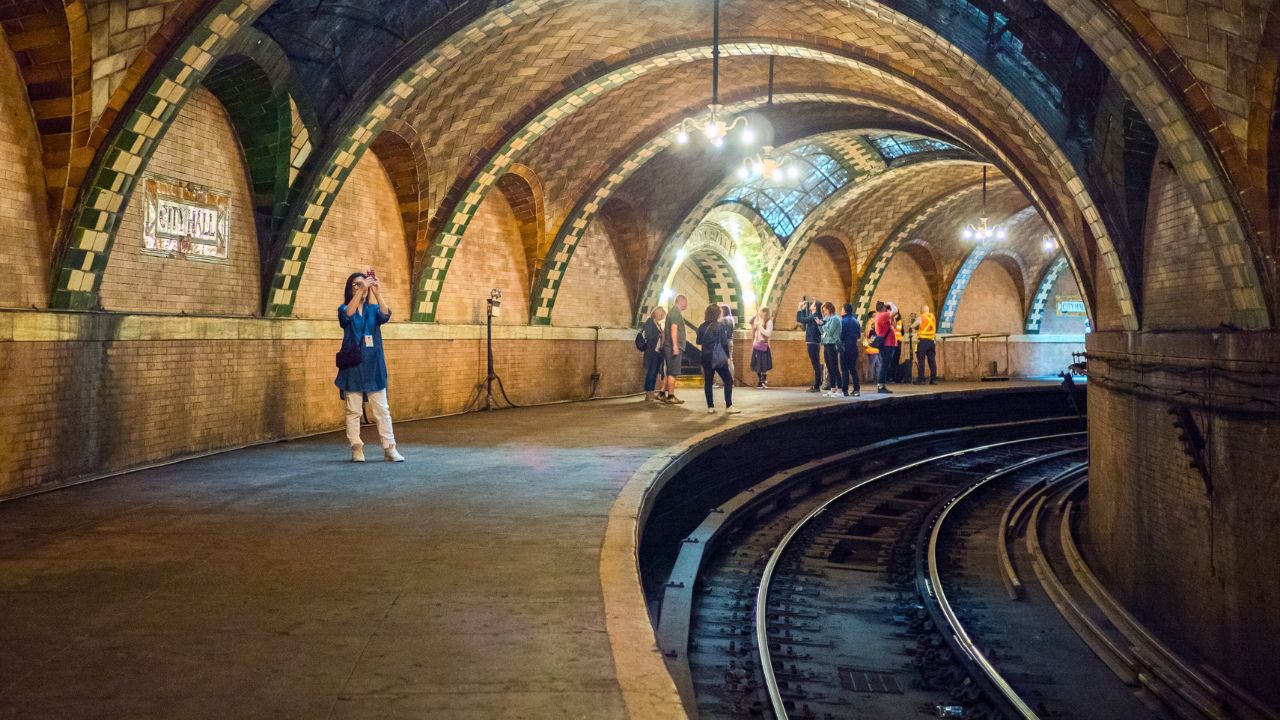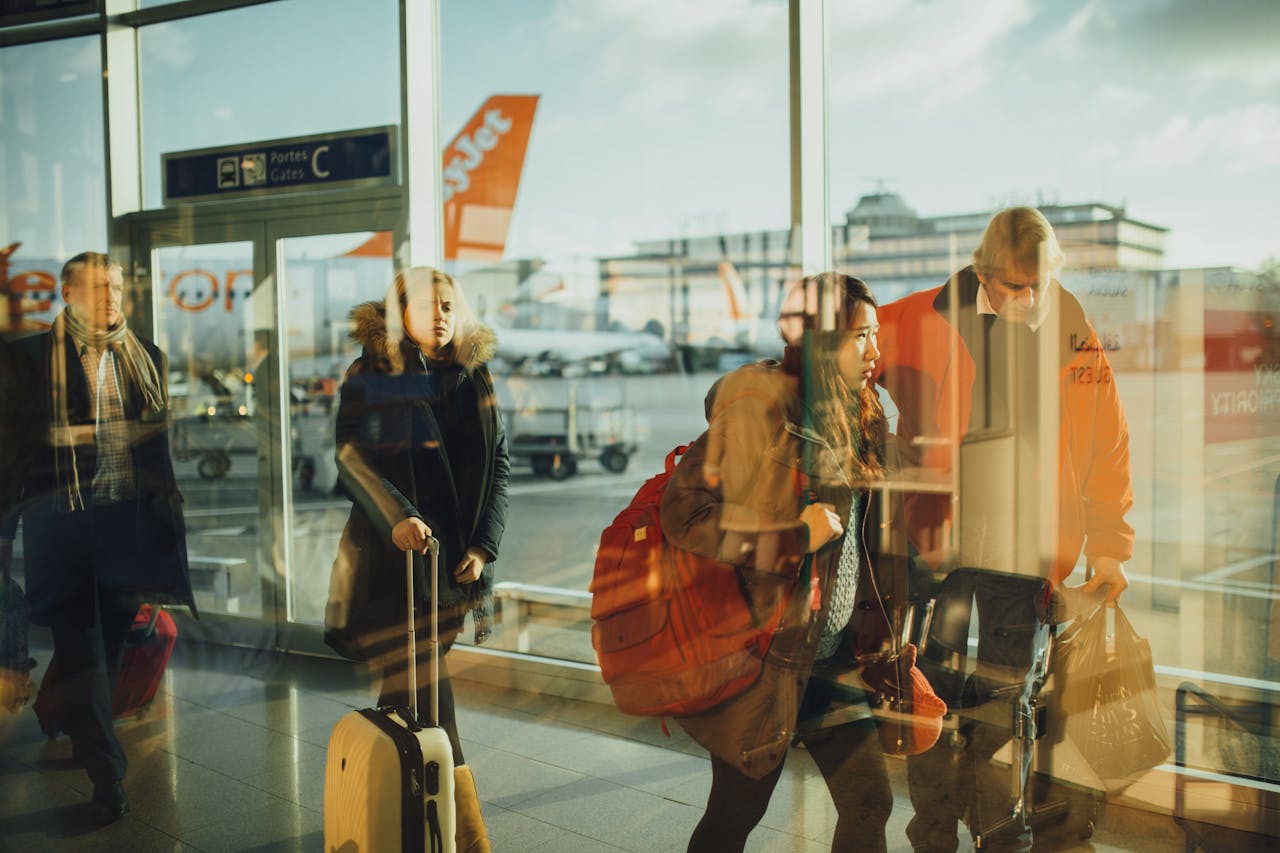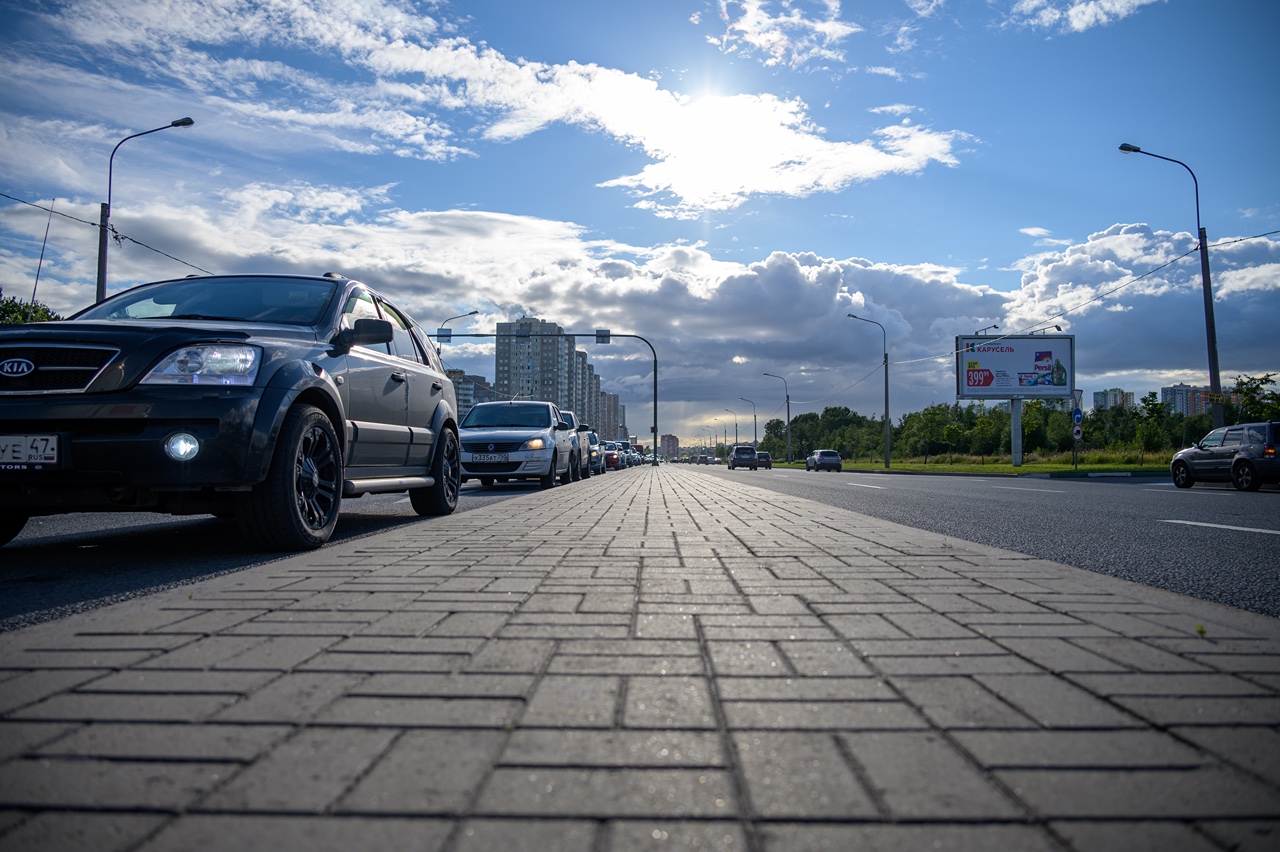Beneath busy streets sit forgotten storefronts, halted subways, and climate-stable caverns still at work. These eight sites pair verifiable details with clear ways to see them today. You will find purple glass skylights, tiled vaults from the first subway era, and business parks carved into limestone. Expect facts like opening years, depths, and mileage so the history reads true, not rumor. Follow posted rules underground, watch your step on uneven floors, and respect any closed areas that protect fragile structures.
1. Seattle Underground, Washington
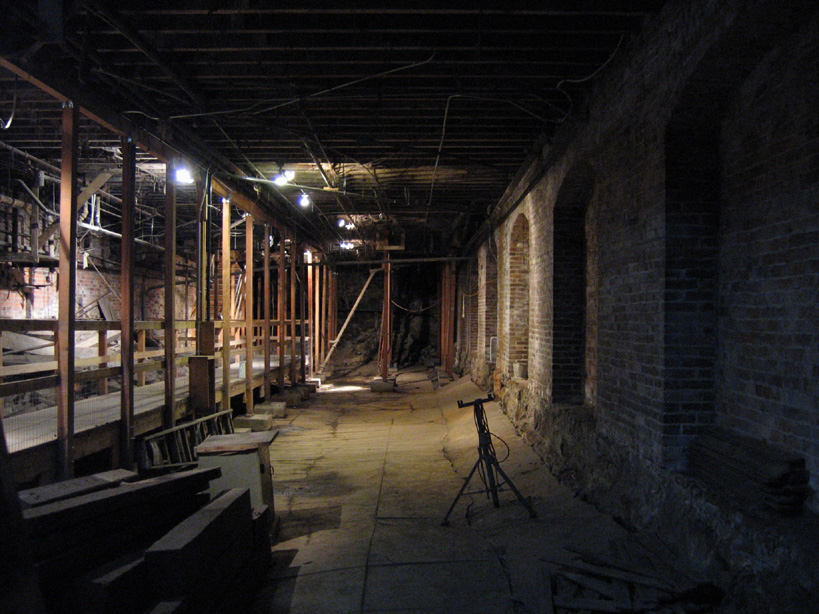
After the Great Seattle Fire of 1889, the city rebuilt higher to fix flooding. Streets were raised roughly one story, leaving original sidewalks and storefronts beneath Pioneer Square. Sunlight once filtered through purple prism glass set into the new sidewalks. Today, guided routes walk those shadow blocks while telling how plumbing and rats pushed merchants upstairs. You will see brick arches, old doorways half-buried, and utility chases that kept the sub-level alive until health codes finally shut it down.
2. Cincinnati Subway, Ohio
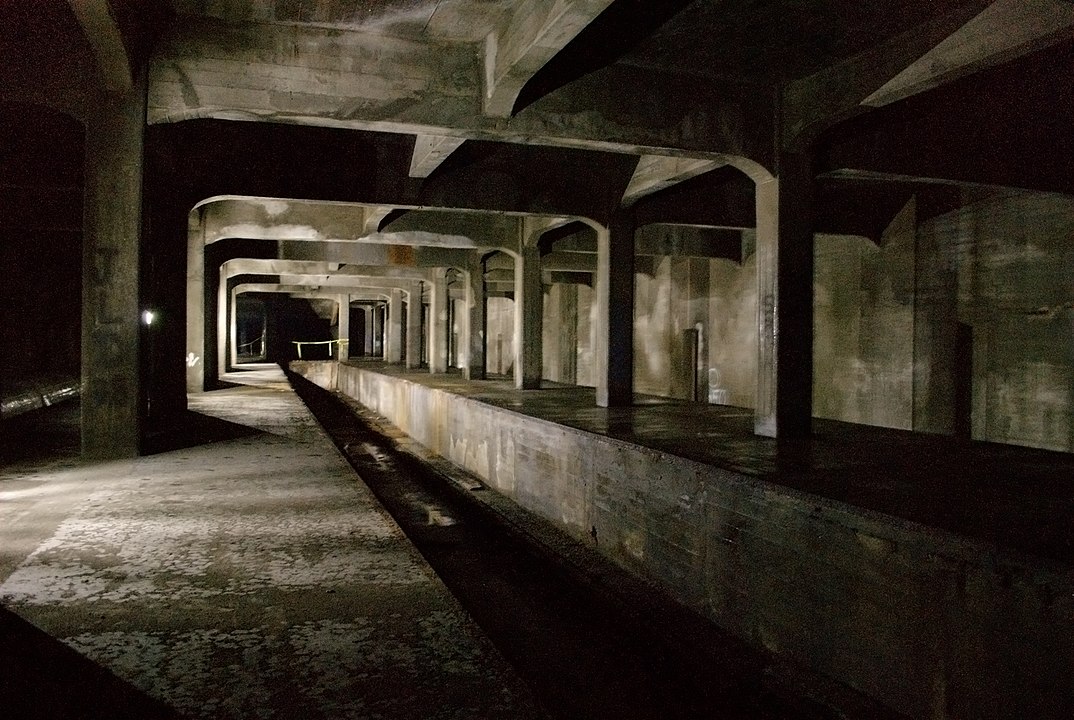
Begun in the 1910s to upgrade a canal corridor, the rapid transit line dug about two miles of tunnel with several stations before funding dried up in the 1920s. Trains never ran, leaving full height tubes and platforms sealed below city streets. Periodic inspections and rare tours confirm intact tile, rails removed, and ventilation shafts that still breathe. The project’s halt is a textbook case of cost overruns, shifting politics, and cars stealing the future. Maps today show planned loops that never opened.
3. City Hall Station, New York
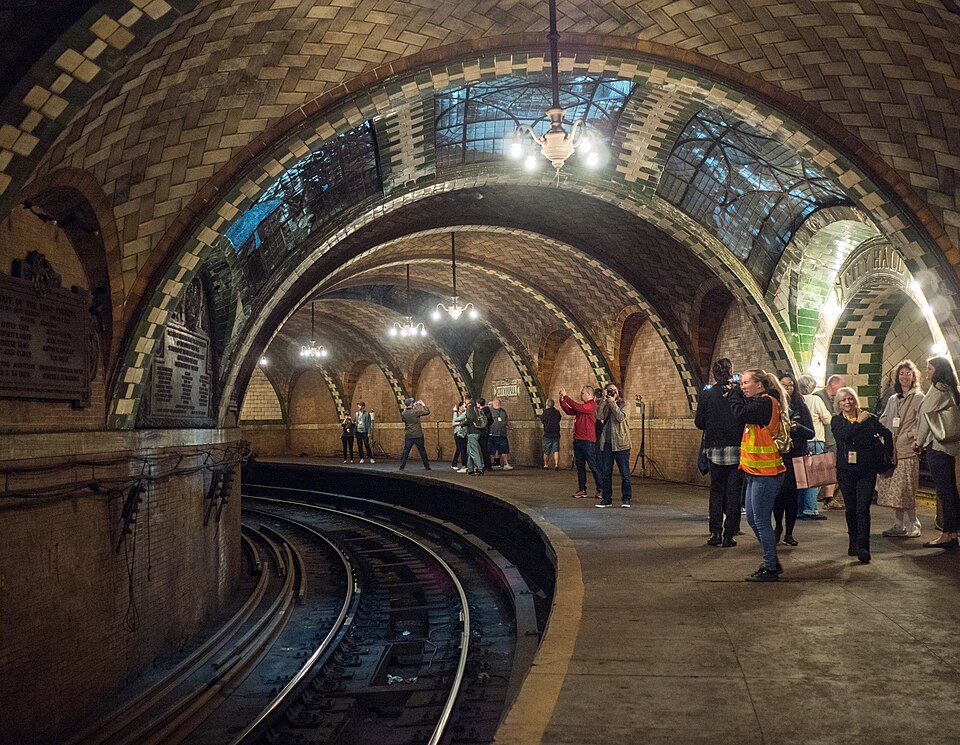
Opened in 1904 as a showpiece for the original subway, City Hall features Guastavino tile arches, brass fixtures, and curved platforms set under a glass skylight. It closed in 1945 when longer trains skipped the tight curve and nearby stations handled more riders. With permission, special rides pass slowly through the loop so visitors glimpse the intact vaults. The station proves early transit mixed engineering with civic art, and it shows how twentieth century growth outscaled a beautiful but impractical stop.
4. Portland Shanghai Tunnels, Oregon
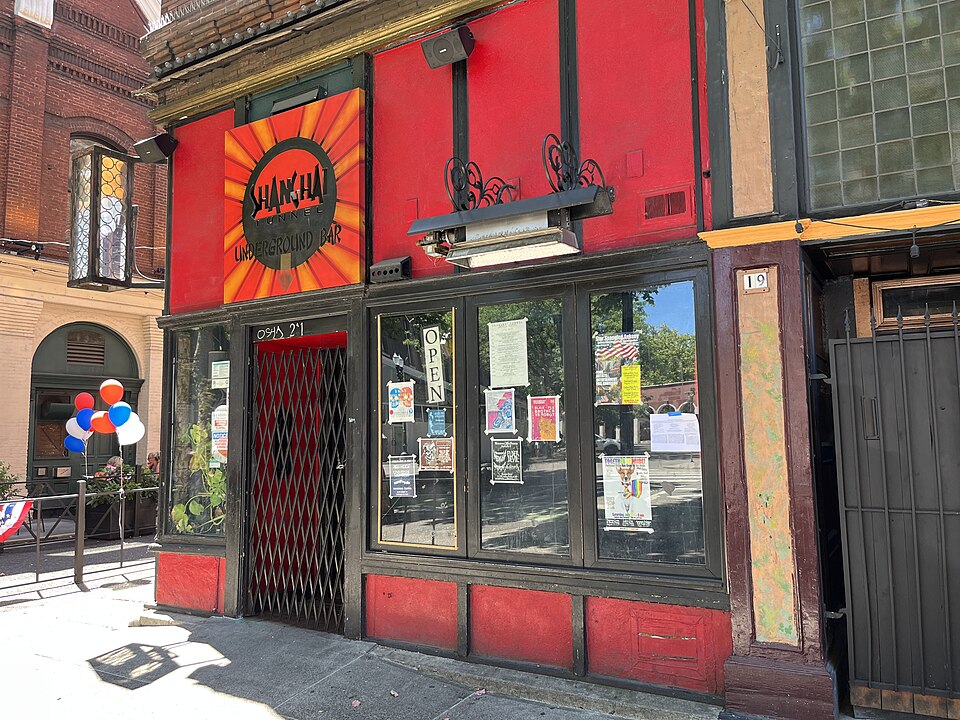
Under Old Town, linked basements and short passages once moved cargo between waterfront and warehouses. Stories claim unwary patrons were kidnapped for ship crews, but historians debate the evidence. What is clear: bars and storerooms used trapdoors, cells, and chutes to manage goods and sometimes hold troublemakers. Tours explain the timber posts, brick arches, and flood control that shaped the network. Treat the shanghaiing tale as legend unless a guide cites documented cases, but the built maze itself is real.
5. Underground Atlanta, Georgia
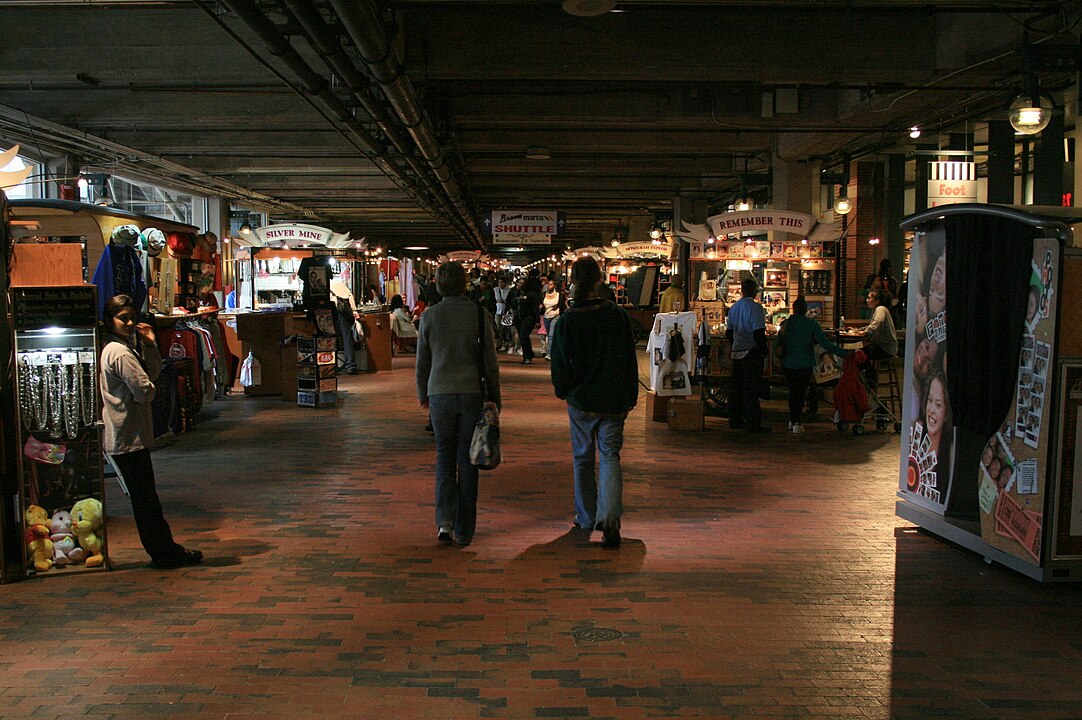
In the 1920s, new viaducts lifted street traffic above railroad lines, leaving a level of storefronts below. Those lower sidewalks became a retail zone, later revived as an entertainment district in 1969, then reinvented again with redevelopment cycles. Walkways reveal original cast iron columns, brick arcades, and track alignments that once fed freight into downtown. The space shows how cities solved rail congestion by stacking streets, creating an underground main street that mirrored the one above for decades.
6. Downtown Tunnels, Houston, Texas
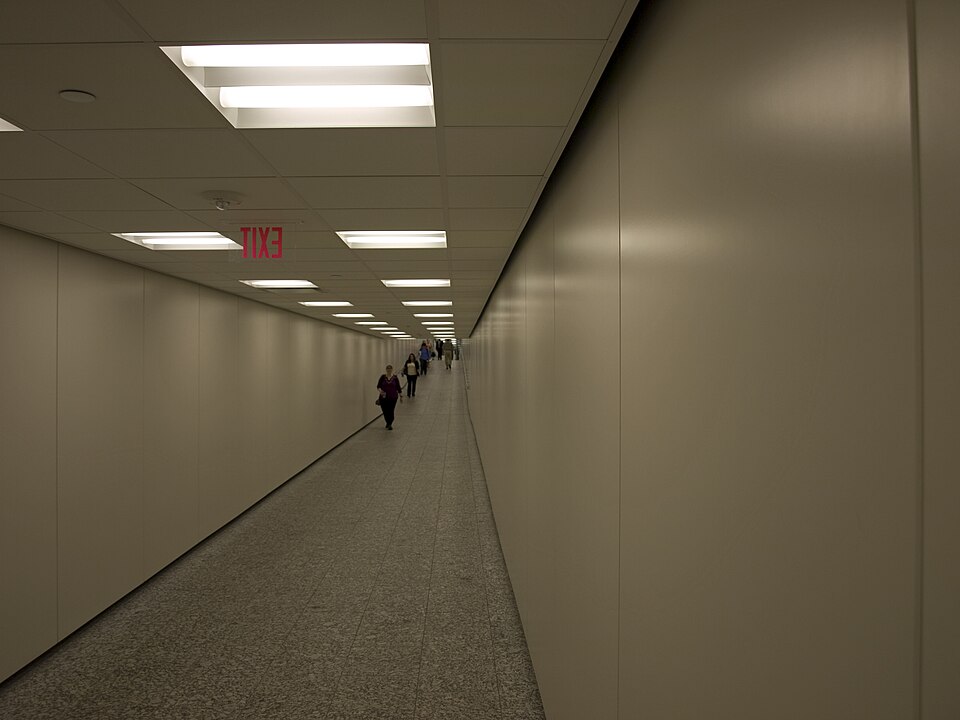
About 20 feet below street level, a climate controlled network links dozens of buildings across roughly six miles of passages. Originating in the 1930s and expanded after the 1950s, the tunnels host food courts, banks, and barber shops, mostly open on weekdays. Color coded signs and building maps keep walkers oriented. The system exists because summer heat and storms make ground travel tough. It is a practical urban adaptation: no mystery, just steady underground foot traffic that empties after office hours.
7. Strataca, Hutchinson, Kansas
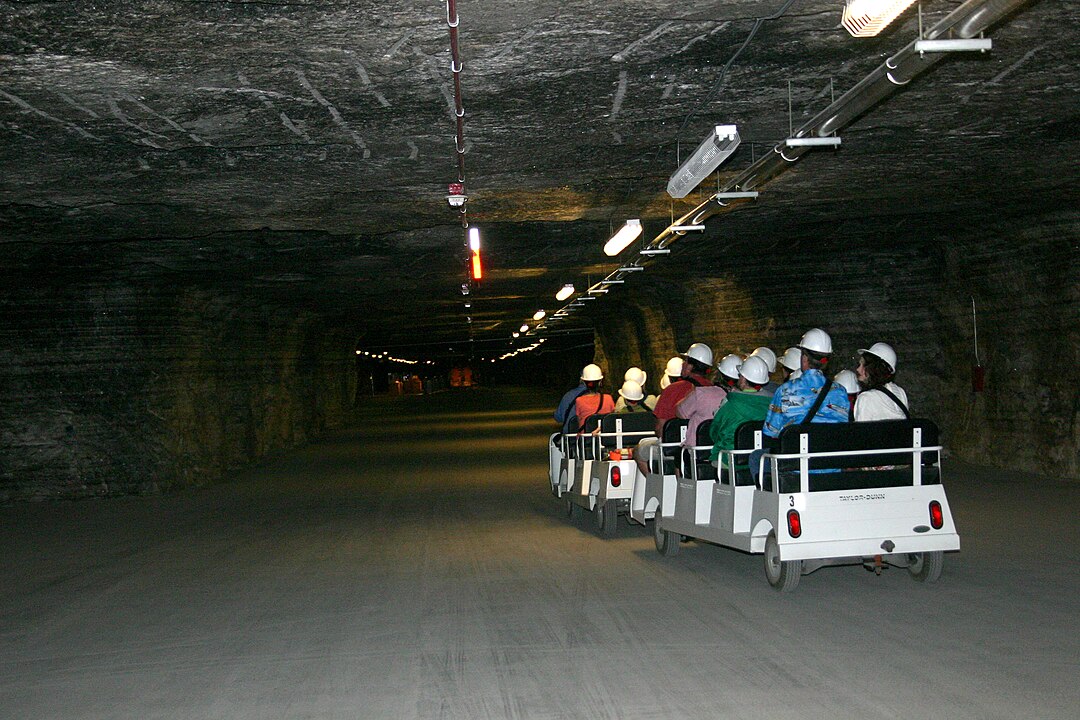
A working salt mine turned museum sits about 650 feet underground in the Permian bed that spans the region. Visitors ride down in cages, tour haul roads, and see artifacts preserved by dry, stable air. Exhibits explain how giant cutters carve salt and how storage companies use the constant climate. The site began as Carey Salt operations and now teaches geology, mining safety, and why underground vaults protect film and records. Helmets and rules keep the former work zone visitor safe.
8. SubTropolis, Kansas City, Missouri
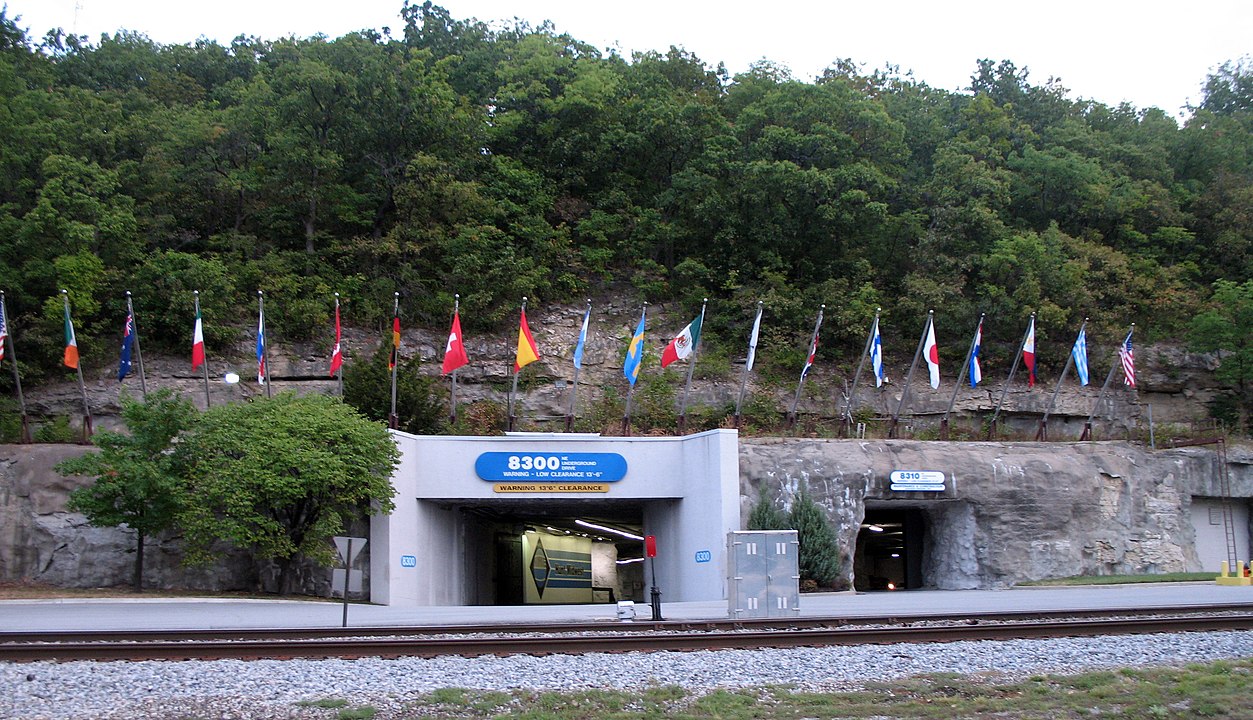
Cut from an old limestone mine, SubTropolis bills itself as the world’s largest underground business complex, with tens of millions of square feet of leasable space. Year-round temperatures hover near the 60s, cutting energy costs for archives, fulfillment, and vehicle storage. Roads, dock doors, and signage make it feel like a city without weather. The space shows how post-mining reuse can anchor jobs while avoiding new construction above. It is not a mythic city, just a very efficient one underground.
